Continue to increase the supply of medical services, and do everything possible to tap resources to carry out medical services.
CCTV News:The National Health and Wellness Commission recently issued a notice, requiring local grassroots medical and health institutions to provide health services for respiratory diseases in winter and spring. In the past few days, local medical institutions have continued to increase the supply of medical services, improve service processes, and maximize the protection of patients seeking medical treatment.
Community health service center shares the pressure of hospital admission
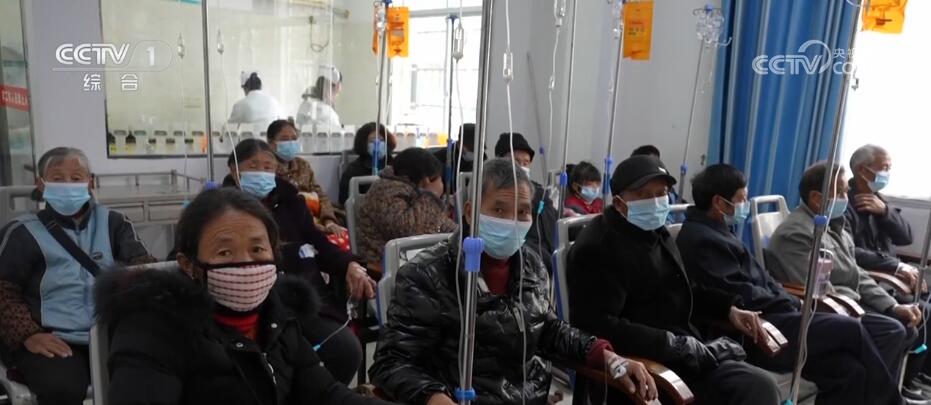
Recently, the epidemic period of respiratory diseases in winter has been superimposed in many places across the country, and the demand for medical and health services for urban and rural residents, especially children, has increased significantly. In Yaojia Township Health Center, Hengfeng County, Jiangxi Province, the daily number of patients has increased from more than 40 cases to nearly 100 cases, and the visiting time of the health center has been adjusted to 7: 00 am to 8: 00 pm, an increase of 4 hours than usual.
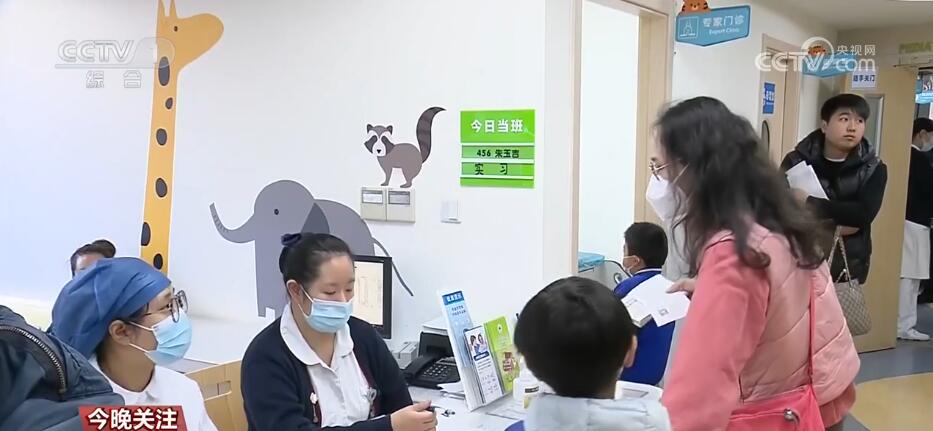
In a community health service center in Jing ‘an District, Shanghai, the fever clinic is open from 8 am to 8 pm every day. Patients do not need to register, and commonly used emergency medicines can be directly distributed to patients in case of emergency. The community can also do antigen and antibody testing.
For parents who have taken their children to the children’s hospital, it is also very convenient to return to the community health service center near home.
Large public hospitals actively carry out pediatric diagnosis and treatment services.
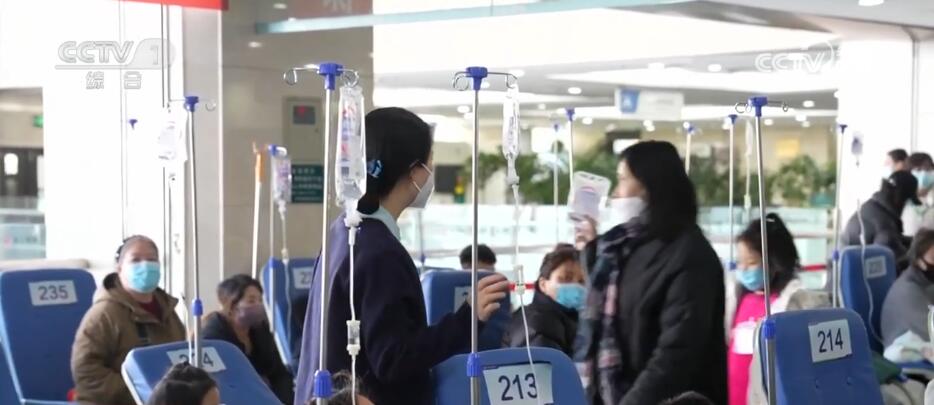
Large public hospitals around the country have also taken various measures to carry out pediatric diagnosis and treatment services. Shengjing Hospital affiliated to China Medical University mobilized personnel, materials and areas as a whole, transformed the adult ward of Shenbei Campus Rehabilitation Center into a pediatric comprehensive ward, and increased the infusion area of Nanhu Campus from one to three.
Do everything possible to tap resources to carry out pediatric diagnosis and treatment services
Recently, the epidemic period of respiratory diseases in winter has been superimposed in many places across the country, and the demand for medical and health services for urban and rural residents, especially children, has increased significantly. The National Health and Wellness Commission recently issued a notice, requiring local grassroots medical and health institutions to provide health services for respiratory diseases in winter and spring, and do everything possible to tap resources to carry out pediatric diagnosis and treatment services.
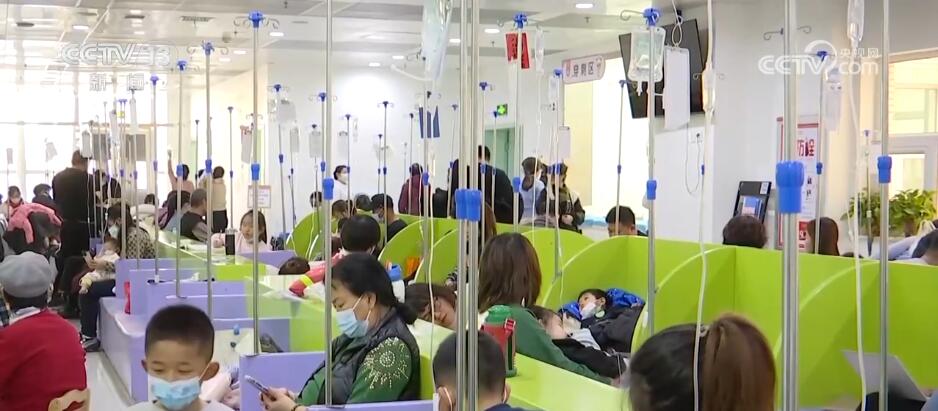
The circular requires that local primary health care institutions should be fully open to children, and should not refuse medical treatment, and timely release the list of primary health care institutions providing pediatric services in their jurisdictions. Delayed service of pediatric diagnosis and treatment on weekdays in urban community health service centers with large service demand 1-mdash; 3 hours, or as appropriate, on Saturday and Sunday to increase the service hours. Township hospitals, community health service centers and community hospitals that meet the recommended standards of service capacity should take the lead in building independent pediatric clinics.
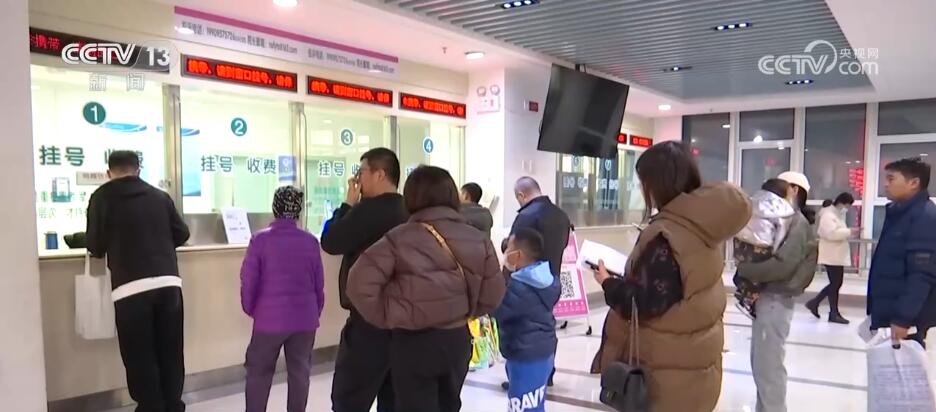
All localities should establish cooperation, counterpart support and referral mechanisms between general hospitals and primary medical and health institutions under their jurisdiction, determine the pediatric docking of a general hospital for community health service centers and township hospitals, arrange for doctors with intermediate or sub-high titles to make home visits to primary medical and health institutions, strengthen the teaching training for primary medical personnel, and especially help improve the service capabilities of pediatric emergency first aid, early identification of severely ill children, and venipuncture of children. General hospitals should reserve a certain proportion of outpatient number sources to give priority to primary medical and health institutions. Smooth referral channels, guide mild children to give priority to primary medical and health institutions, and refer them to primary medical and health institutions for follow-up treatment if there is a clear diagnosis and stable treatment in general hospitals. Guide the children to the nearest primary medical and health institutions for follow-up, and the general hospital will arrange special personnel to provide telemedicine or online consultation services.
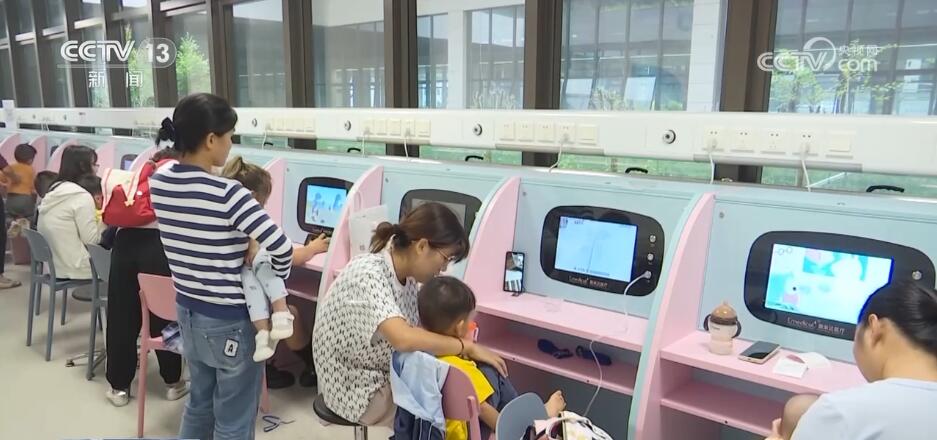
Give full play to the role of family doctors, do a good job in health management services for key populations, and ensure the health needs of "one old and one small". Grassroots medical and health institutions should keep the fever clinic "fully set up and fully open", equip the grassroots medical and health institutions with necessary facilities and equipment such as thermometers and children’s atomizing machines (children’s masks), and equip them with necessary drugs such as antibiotics, antiviral drugs, cough-relieving and expectorant drugs suitable for children.